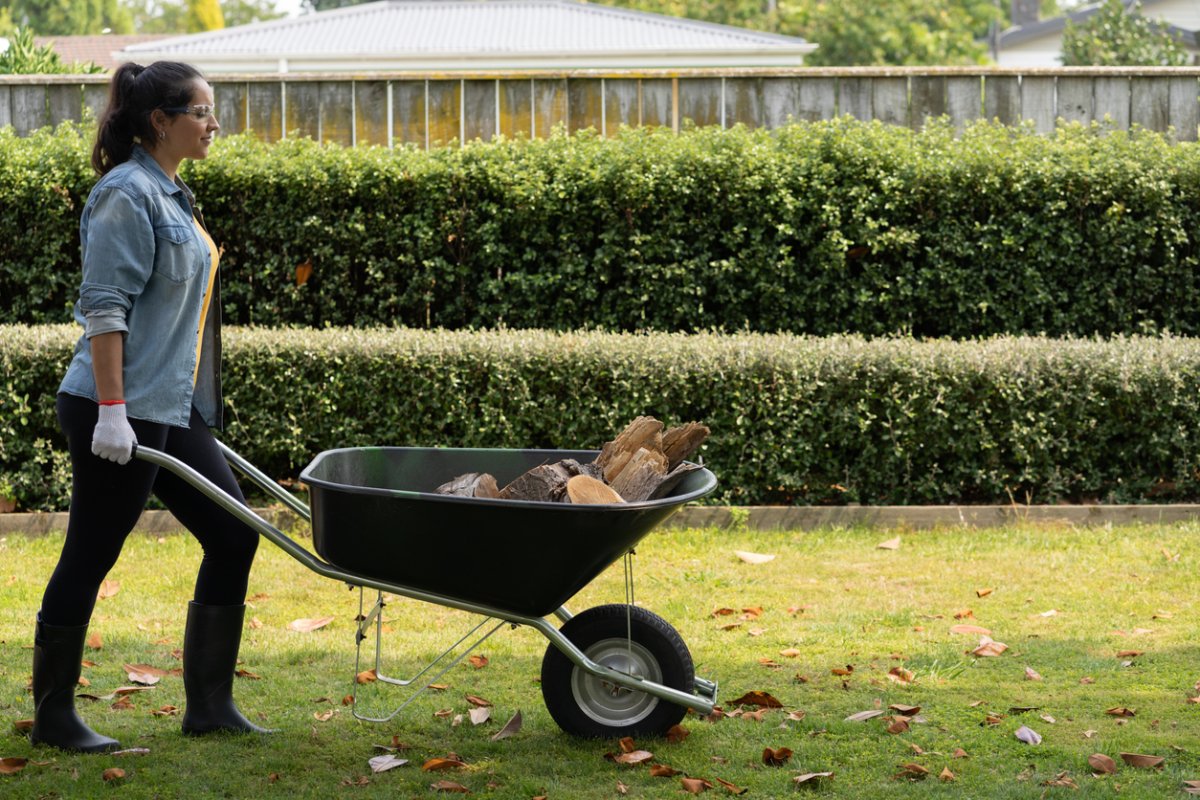

We may earn revenue from the products available on this page and participate in affiliate programs. Learn More ›
Curb appeal matters when you’re selling your house, but it can also be a point of pride. The same is true of the condition of the backyard area where you entertain. Sometimes, messes or ugly objects lurk in far corners or narrow sides of the yard which can’t be seen (or are better ignored) from inside your home.
However, don’t let procrastination or hard work stop you from giving your yard a makeover. Before hosting that pool party or Fourth of July picnic, survey your yard to see which spots and structures need sprucing up—STAT!
1. Cover Some Ground
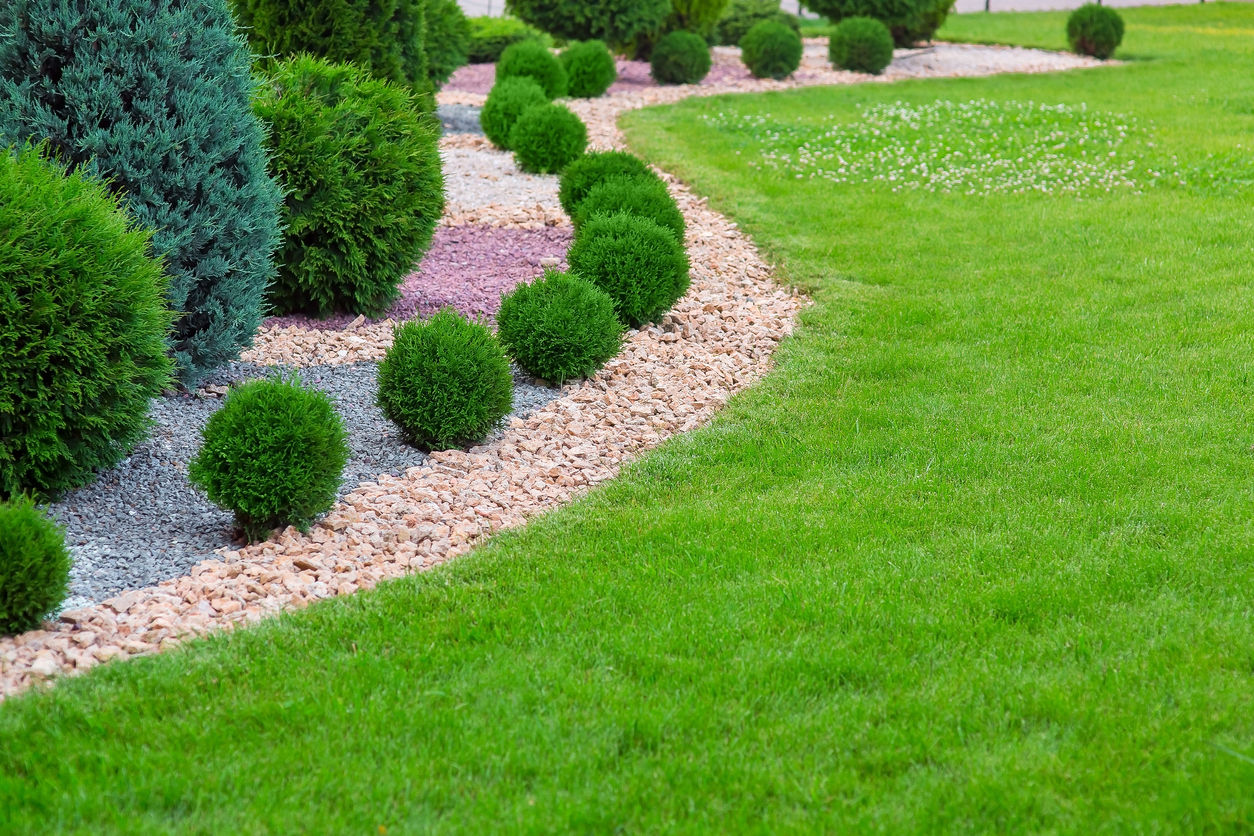
Some areas of the yard get so much foot traffic (the path to the swing set, for example) that the grass fades. Bare spots may also show up on slopes or shady parts of the lawn. If you need a quick repair for bare soil, try mulch. Where kids play, lay a soft mulch like Rubberific, a top pick in our researched guide to the best mulches, or use gravel if you want a natural rock garden look.
If your grass simply can’t handle foot traffic, replace it with a native that can. Or try a new introduction from the Southwest: Dog Tuff Grass. This hybrid is bred to withstand dog urine and foot traffic. As a bonus, it’s a low-water grass that comes as plugs, so it’s easier to start on slopes than grass seed is. It costs a little extra up front but will spread and save on mowing and watering in years to come.
RELATED: 14 Insanely Easy Curb Appeal Projects You Can Do in a Day
2. Clean Up Piles
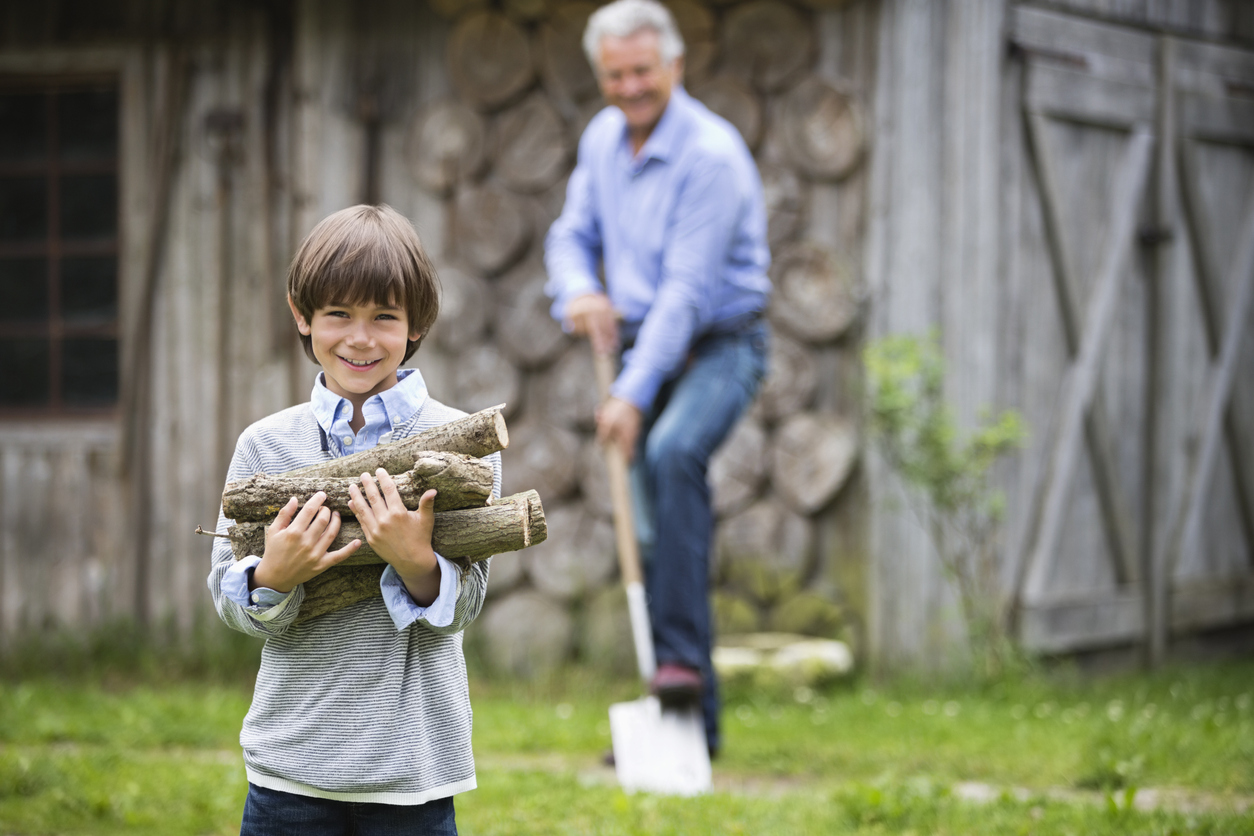
It’s easy to let items pile up in the yard, especially when you’re completing that last fall cleaning. By then, you’re ready to hibernate. Don’t let those piles linger any longer, though: Take a walk around your landscape to diagnose the problems, then take care of them. Cleaning up and getting rid of items you no longer use costs no more than a trip to a local recycling center or donation site.
If one of those piles contains items you use and need to keep around, make it neater. Stack wood using free shipping pallets to lift the logs off the ground, and put simple metal stakes at each end to hold the stack in place. Or invest in an attractive outdoor firewood rack. Disguise your compost bin with some sunflowers, or buy a compost tumbler like this Miracle-Gro dual-chamber option, a top pick in our best compost tumblers guide. You can also reuse and repurpose containers, old watering pails, and other stray objects to give them new life.
3. Pull Out the Paint
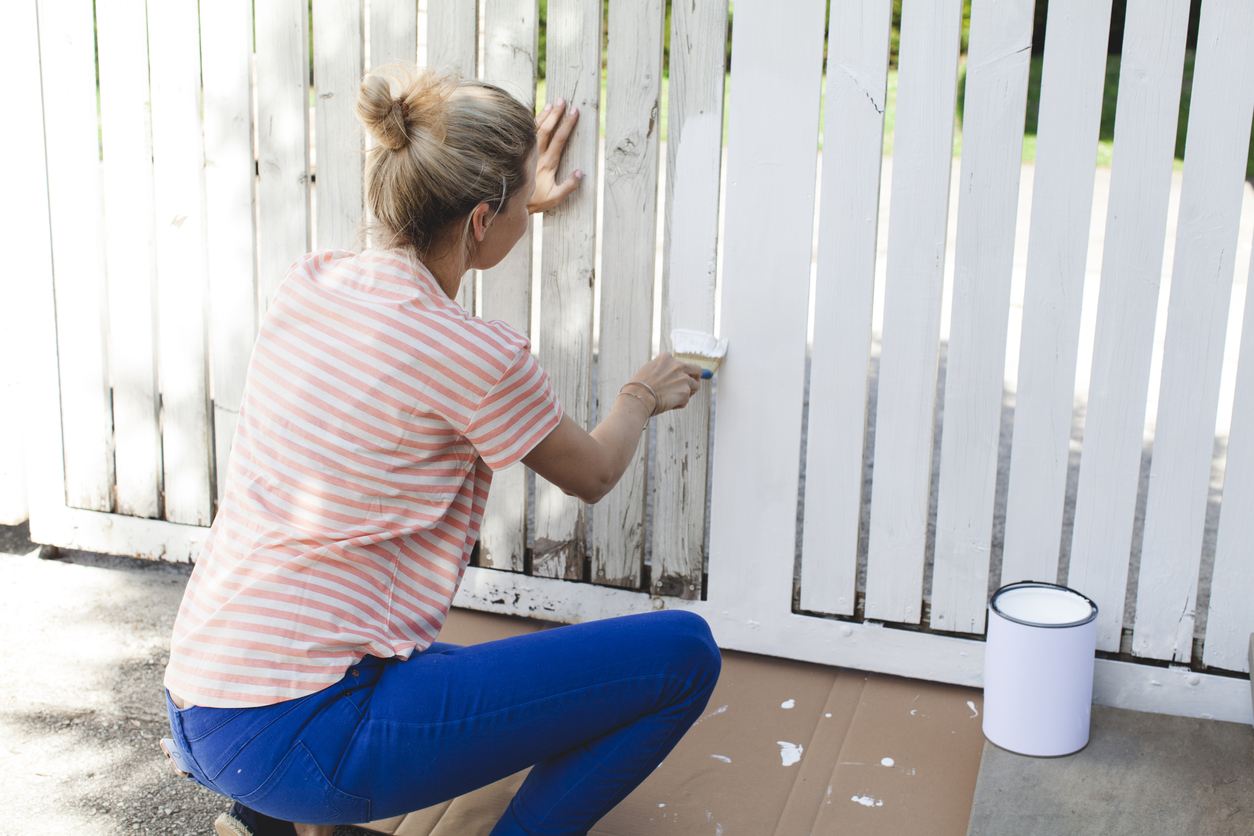
Has your fence faded? If so, this is more than an eyesore; it might be deteriorating. Rusted metal or rotting cedar are certified landscaping emergencies. Clean things up by sealing or painting the wood fencing and removing any rust from metal fencing. When you’re done, spray paint can hide the wear and protect the metal from future oxidation.
Fence paint can also add spots of color where it might otherwise be lacking. Paint a section of fence a pretty blue or lavender color, and then place seeds for flowers like hollyhocks in contrasting colors to stand proudly before it. If you find your chain-link fence dreary, plant a few climbing vines and encourage them to crawl up and wind around. Just do some research to choose plants that aren’t invasive in your area, or you might have a new ugly emergency in a few years.
RELATED: The 12 Biggest Landscaping Trends for 2022
4. Reroute Rocks and Pavers
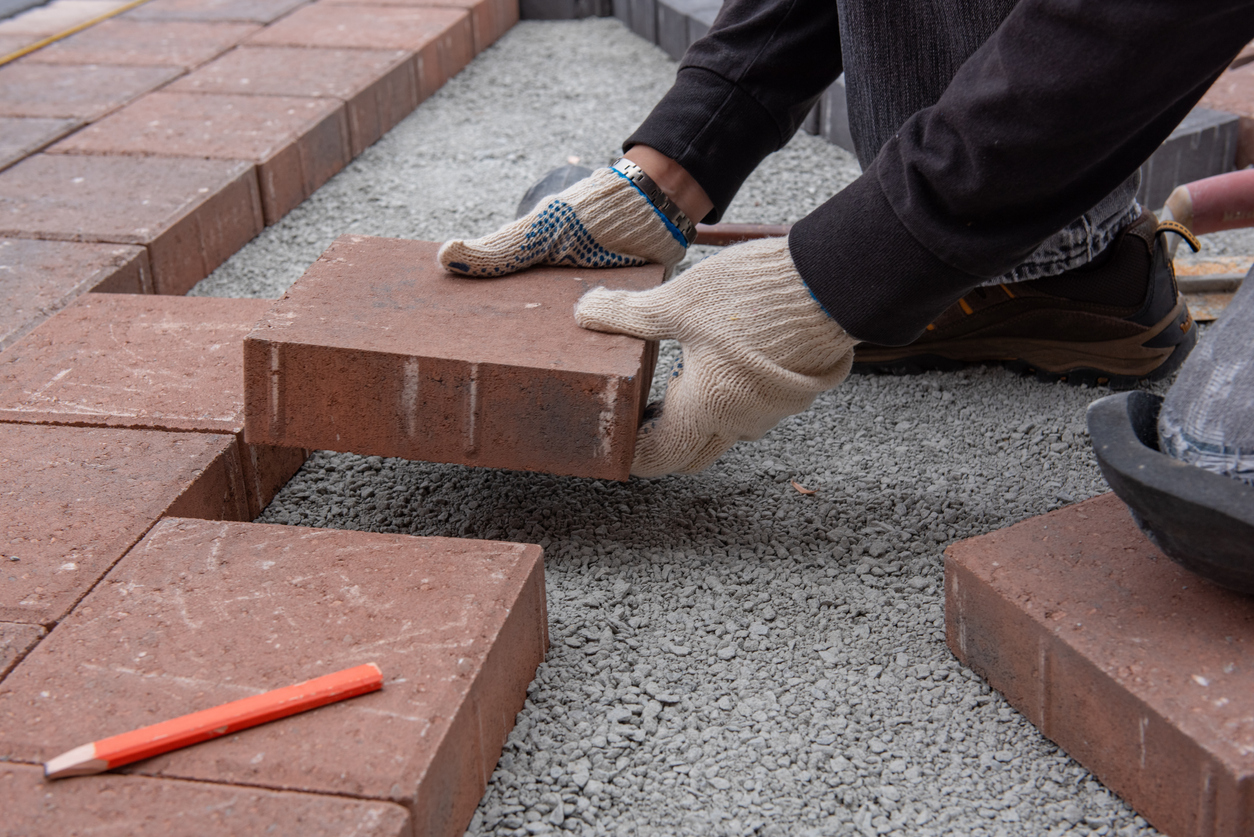
Rocks can look as messy as other yard fixtures when they pile up, and both rock and paver borders can get out of alignment from mower hits, heavy traffic, or tree roots. If your stone or paver path is too uneven to tread, take a little time to set it right. The only cost should be replacing broken pavers or stones. If the walkway is on bare soil, consider adding crusher fines or steppable plants between stones to help secure them and pretty up the path.
When you feel rocks or boulders are in the wrong place or stand out too much, try moving them with a sturdy garden cart such as this handy 8-in-1 cart and dolly, the budget pick in our guide to the best garden carts. If possible, bury large rocks and boulders a few inches down for a more attractive and natural look. Add a plant in front of a boulder or a grouping of rocks and you’ve got a mini rock garden.
5. Divide and Conquer Runaway Plants
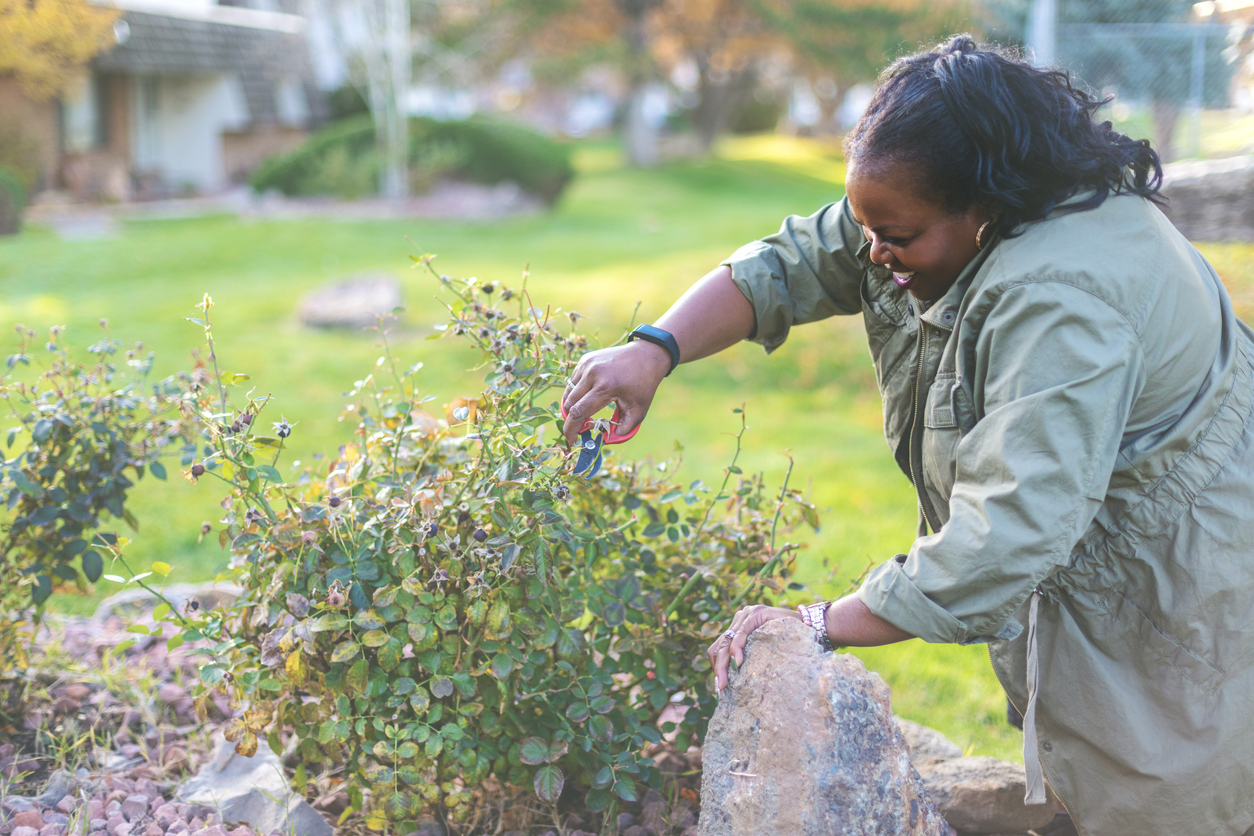
Some plants get a bad rap for being invasive, even if that’s true only in certain areas or climates. Other invasive plants more than deserve the reputation, as they can quickly turn an orderly landscape into a disaster zone. Take English ivy: The prolific vine came over with European colonists and now grows around the country. If it serves good privacy purposes, keep it, but you also need to keep up with it. As an alternative, replace invasive ivy with native vines. Virginia creeper or crossvine are excellent English ivy alternatives.
Shrubs can also grow out of control. Japanese barberry is considered invasive in some climates because of its prolific reseeding; try bayberry or winterberry instead. Rein in spreading plants by removing suckers and volunteers while they are small. Make sure to prune shrubs and vines regularly, divide clumping perennials every few years, and avoid overwatering.
6. Overhaul a Dilapidated Driveway

Driveways endure heavy loads and harsh conditions. Cracks in concrete and asphalt driveways look bad enough, but they also can expand and cause even more damage. Moisture can seep in, and it’s especially unsightly when weeds start cropping up in the cracks. Repair cracks with a concrete filler or asphalt filler like Crack Stix, the top pick in our researched guide to the best asphalt driveway crack fillers. When you’re done, seal the surface to prolong the life of your driveway and cut down on future maintenance.
If your driveway just looks dreary, give it a good power wash. And if you still think it’s ugly afterward, stain or paint the concrete. For those with the funds and the desire to make an even prettier and more welcoming approach, consider a new driveway material.
7. Spruce Up a Sad Tree
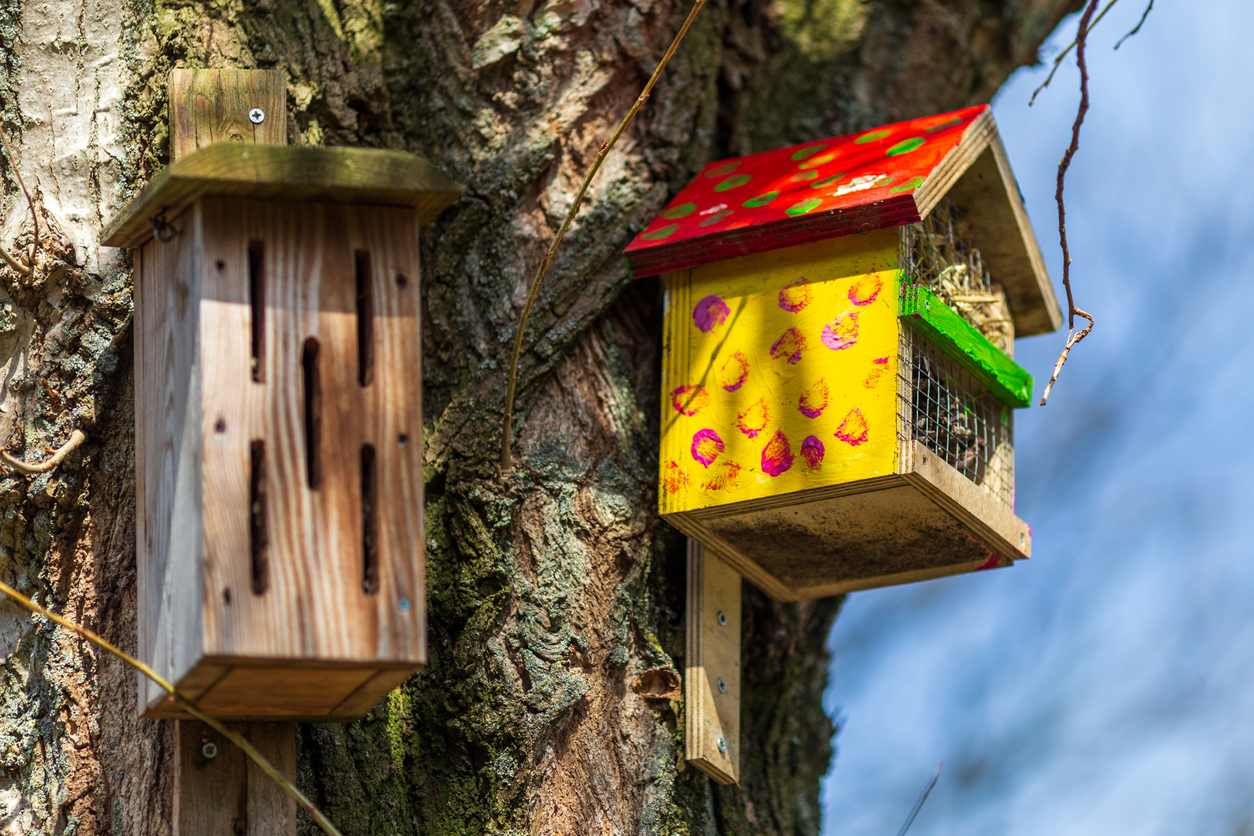
When a tree dies, some homeowners’ first instinct is to remove and replace it. If the tree has provided essential shade, that might be your best bet, although an expensive one. As long as a dead tree poses no risk to people or structures, you can leave it standing to continue to shelter birds, insects, and other critters. This might require checking with your local code or county extension agent to analyze the tree’s health.
Standing trees are perfect canvases for birdhouse collections (or to show off your DIY birdhouse), bee houses, or local outdoor art. Alternatively, hang a few container plants with flowers from solid branches to add some color where the green is gone. If you do have to cut down an old tree, leave the stump if the location seems appropriate. It can double as a table, informal seat, or plant stand. You can then turn the downed tree into a natural bench, divider, or whimsical spot for your favorite woodland plants.
8. Corral the Containers
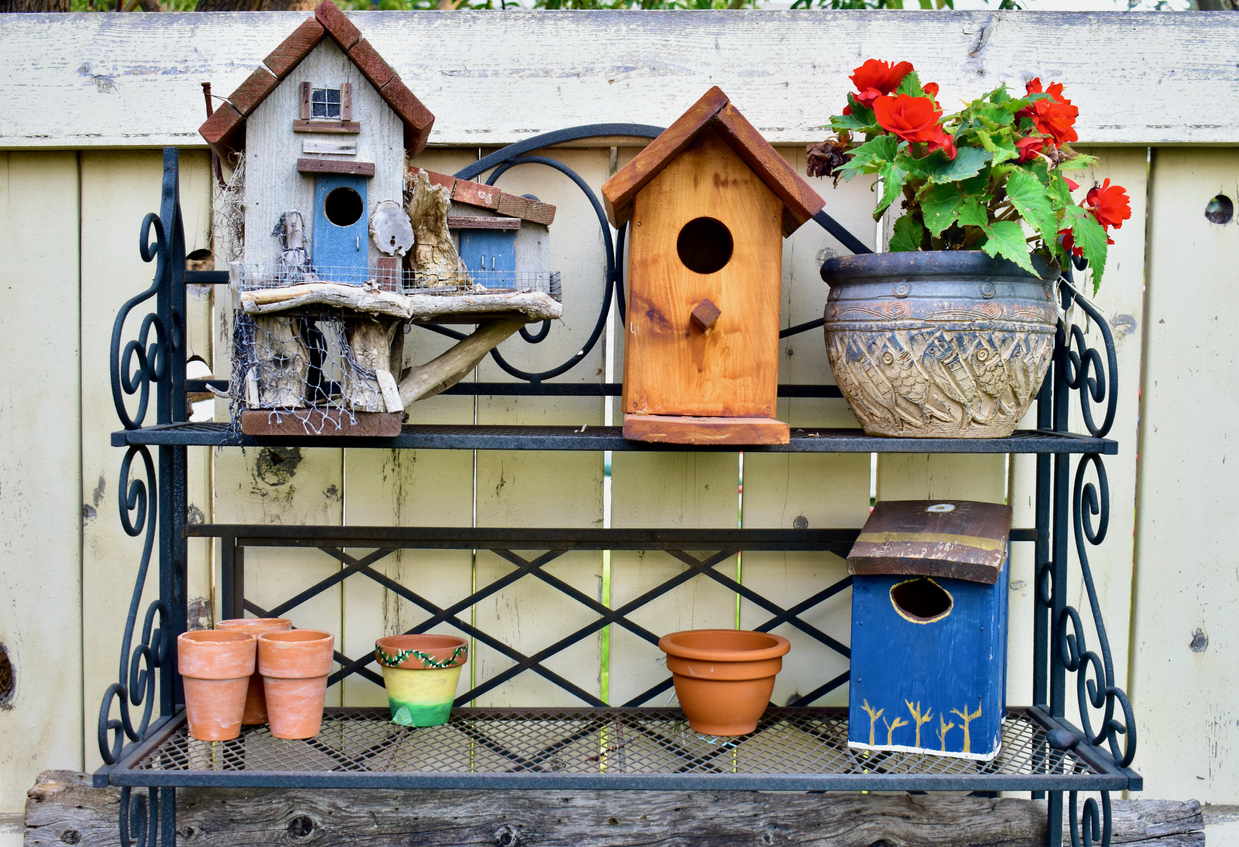
A bunch of stacked pots can look sloppy if they aren’t all the same size, shape, and color. If you have a potting bench, clean it up, or spring for an attractive and functional one like this model from our best potting benches guide. Then, discard, repurpose, or give away containers you haven’t used in years. Finally, organize what remains, tucking larger pots under the potting bench and lining up or stacking smaller pots and saucers.
Give old containers a pretty paint job and find a place to use them. Low, wide containers can act as hose keepers. Deeper ones can hold your garden tools, kids’ water toys, or barbecue tools. Large containers turned upside-down can often work as small chair-side tables or plant stands for smaller pots. If you have kids, they can join in to decorate some of the small containers, and then feature their artwork on patio tables.
RELATED: 14 Landscaping Features That Can Hurt Your Home Value
9. Put Up a Privacy Screen
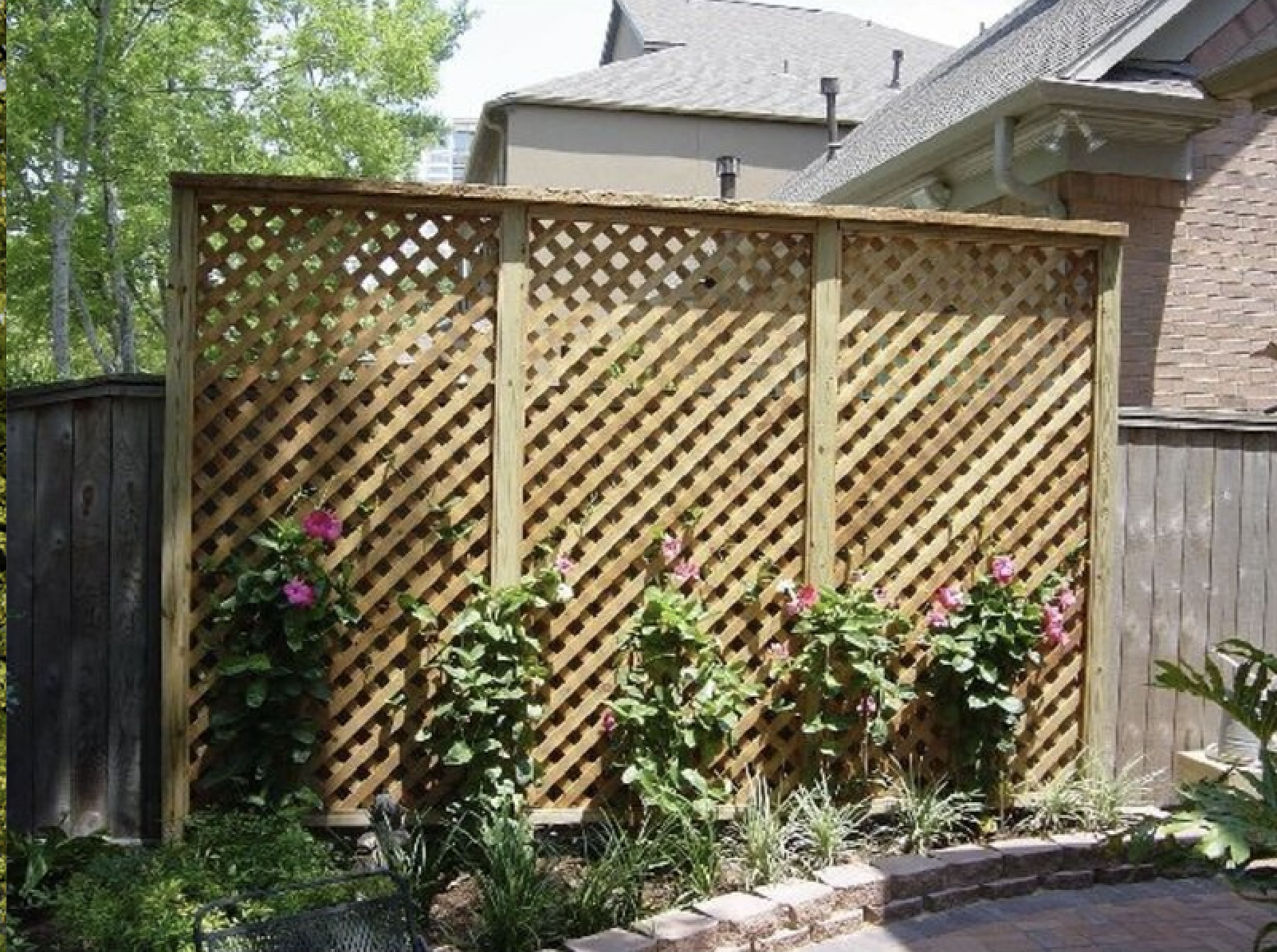
What if your yard emergency sits within your view but outside of your control? When neighbors have piles of junk, dead or overgrown shrubs, or dilapidated structures in their yards, you can’t fix them—but you can screen them out as much as possible. Within the limits of municipal codes and neighborliness, install a privacy fence or a row of screening plants. Arborvitae and cypress provide rapid and tall growth.
To combine some greenery, place a trellis up against your adjoining fence or a few feet inside your yard (lined up with the most frequent or bothersome view) and plant a climbing vine. Or add a vertical garden for growing edibles, succulents, or other favorite plants. For an inexpensive alternative, you can even repurpose old fencing, turning it vertically. Or hang a curtain or shade screen along the side of your outdoor sitting and entertaining area overlooking the worst views—an especially good strategy if this side also gets the most hot sun.
